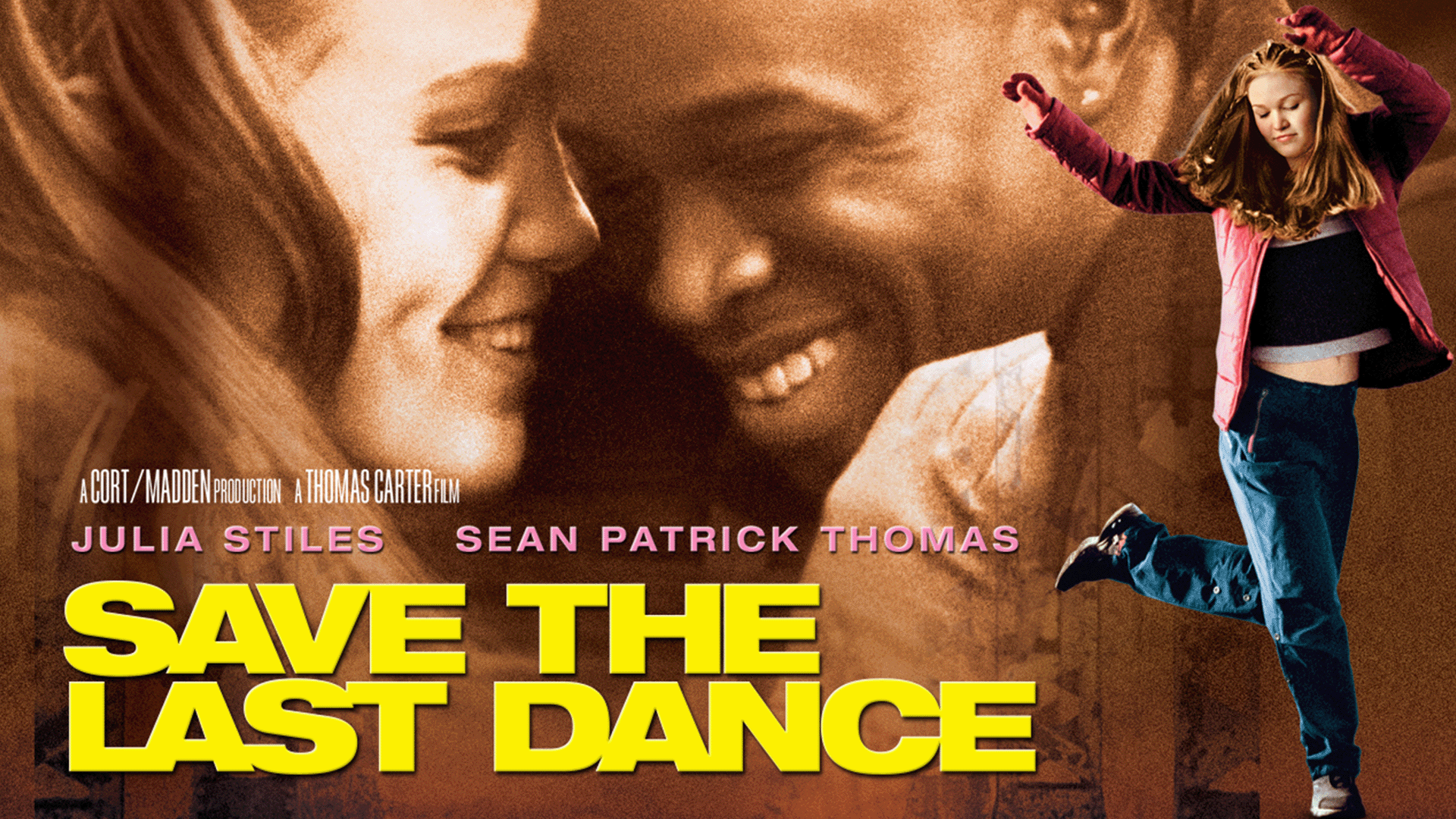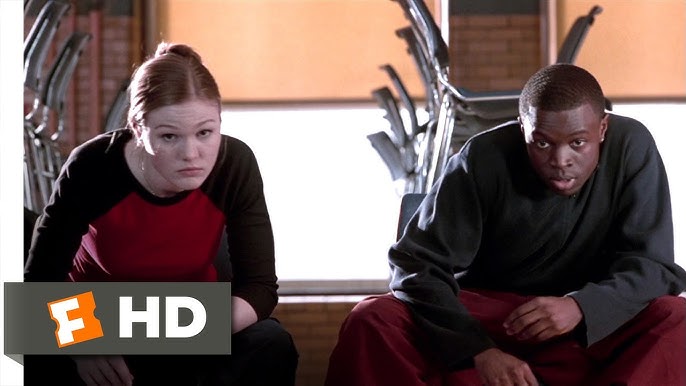Save the Last Dance (2001)

Save the Last Dance (2001) is a captivating American dance film produced by MTV Films and directed by Thomas Carter. Distributed by Paramount Pictures, the film became a cultural phenomenon, blending elements of romance, drama, and dance. It tells the story of Sara Johnson, a young girl who moves to Chicago and struggles to fit in after the death of her mother. The film explores themes of self-discovery, overcoming obstacles, and finding one’s identity through dance.
The plot centers on Sara (played by Julia Stiles), a talented ballet dancer whose dreams of attending Juilliard are shattered after a tragic event. She relocates to Chicago to live with her father and soon discovers the vibrant world of hip-hop dance. In a new environment where racial and social differences are prominent, Sara meets Derek (played by Sean Patrick Thomas), a skilled dancer from a different background. The two form an unlikely bond, helping each other grow both as dancers and as individuals. Their evolving relationship plays a key role in Sara’s journey toward self-acceptance and reconciliation with her past.
One of the film’s most striking elements is its depiction of dance as a form of self-expression. The film contrasts the classical world of ballet with the raw energy of hip-hop, showing how dance serves as a powerful medium for Sara and Derek to communicate their emotions and experiences. The choreography, which blends both ballet and hip-hop styles, is a highlight of the film, providing a dynamic backdrop for the characters’ personal growth. This fusion of dance styles symbolizes the merging of different worlds, as Sara learns to embrace new experiences while holding on to her passion for ballet.

The film also delves into the complexities of race and social class. Through Sara’s interactions with Derek and other characters, Save the Last Dance explores how cultural and racial differences can shape identities and influence relationships. The characters’ struggles and triumphs reflect the challenges of overcoming prejudice and finding common ground despite differences. The film encourages viewers to break down societal barriers and shows that dance and music can unite people from different walks of life.

In conclusion, Save the Last Dance is more than just a dance film; it is a powerful story about overcoming adversity, embracing change, and finding one’s true self. With its compelling performances, dynamic dance sequences, and exploration of cultural themes, the film continues to resonate with audiences, especially those who appreciate the transformative power of art. The movie remains a beloved classic that combines romance, drama, and dance in a way that is both entertaining and meaningful.











